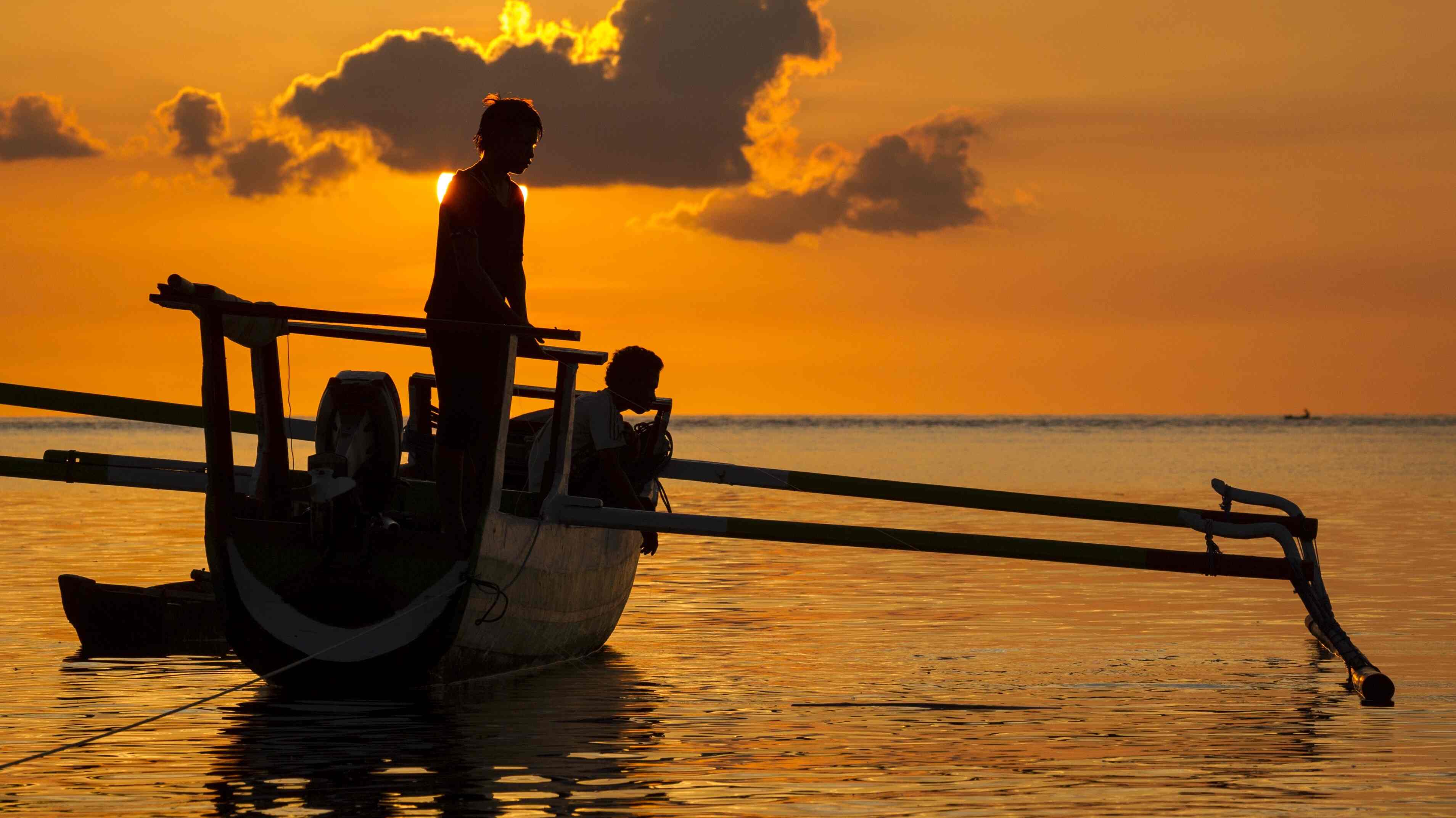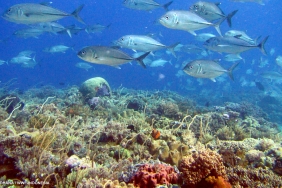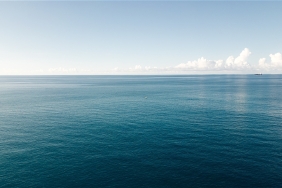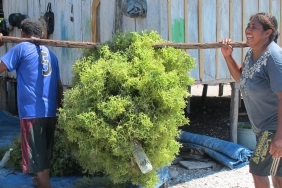ASSESSING ETP BYCATCH POTENTIAL IN CAPTURE FISHERIES IN THE NORTHERN TIP OF SULAWESI
Author: Wahyu Teguh Prawira (Bycatch Hook and Line Officer)
The Sangihe Islands and Talaud Islands are two small archipelagos in the Sulu Sulawesi Marine Ecoregion. These two islands also benefit from a strategic geographical location directly adjacent to the Pacific Ocean. Of course, not only do they have diverse marine and fish resources, almost all the waters around Sangihe and Talaud are also important habitats for the life cycles of endangered, threatened, and protected (ETP) animals, especially sea turtles, dugongs, dolphins, and sharks. Therefore, it is not surprising that these animals are very easy to find in the waters around Sangihe and Talaud.
Seeing the great potential of ETP marine biota in Sangihe and Talaud Islands, WWF-Indonesia assisted by Sam Ratulangi University, Manado (UNSRAT) conducted a preliminary data collection survey of the potential and interaction of bycatch of protected marine animals in net and fishing gear in these two islands in March 2016. Data collection was conducted in 27 coastal villages spread across the Sangihe and Talaud Islands. Information was collected on fishing vessels and gear; interactions with ETPs; local fishing targets and fishing calendars; and fishing maps. A total of 60 respondents assisted in the information gathering process with the majority being senior fishermen with 21-40 years of experience. The data and information obtained from this initial survey will be used as the basis for further studies on the profile and potential of fisheries in the Sangihe Islands and Talaud Islands.
There was a lot of important information gathered from the interviews. Some of these include that the most common fishing gears used by respondents are longlines, purse seines and gill nets operated using wooden vessels of 1-20 GT. The local fishermen go to the fishing grounds that fall within the Pacific Sea. The main target fish varies from tuna (deho), skipjack, kite (malalugis), mackerel (tude), lemuru, mackerel, grouper, tuna, shark, to several other economic fish species. According to one respondent, fishermen in some villages also utilize turtles, sharks, dolphins and dugongs that are caught intentionally or unintentionally. These animals are consumed and sold in local markets and outside the region.
One of the villages that often becomes a feeding ground for dugong, or dulung as it is locally called, is Manganitu Village located south of Tahuna City and Bowombaru Village in the Talaud Islands. The appearance of dugong occurs throughout the year in these waters, but there is a certain time which is the peak season for dugong appearance. Regarding the utilization of dugong, one of the villages in Nusa Tabukan Island, which is included in the Sangihe Islands, the majority of the population are fishermen with the ability to catch dugong with special tools. The people in Nusa Tabukan have a belief in dugong tears which are believed to have certain properties.
Through the initial survey conducted for 12 days, there were indications of the utilization of protected marine animals consisting of turtles, sharks, dolphins, and dugongs. Even so, the number of ETP animals caught intentionally or unintentionally is not too large, when compared to the number of fishing fleets in the Talaud Islands and Sangihe Islands. The utilization of these ETP animals is then one of the concerns of the Bycatch WWF-Indonesia Team, especially for the Sangihe and Talaud Islands.
On the other hand, there are villages that have a culture that in the local language is called EHA. EHA is a local wisdom in Karokotan Village that regulates the utilization of marine resources, such as the implementation of an open and close fishing area system, similar to the Sasi system in the Maluku region. (Read also #XPDCMBD: Sasi, Local Wisdom of Marine Resources Management & Utilization) Two areas are designated as fish utilization areas, one of which is closed for a certain amount of time. EHA runs periodically and continuously in a predetermined location, so the utilization area is rotated. In addition, EHA as stipulated in the Village Regulation (Perdes) also regulates the prohibition of catching protected marine animals, especially sea turtles and dugongs. If this local wisdom continues to be upheld by the community, it will greatly help the conservation of ETP animals in the surrounding area.





